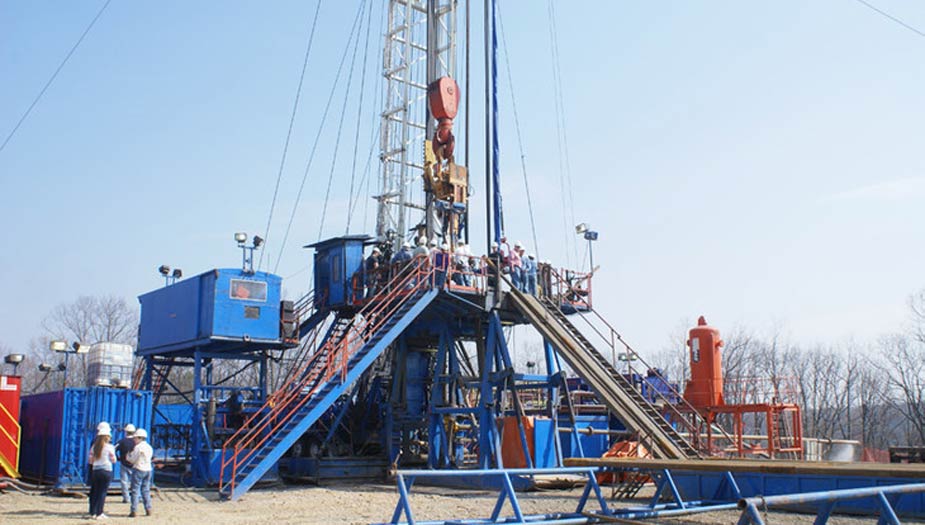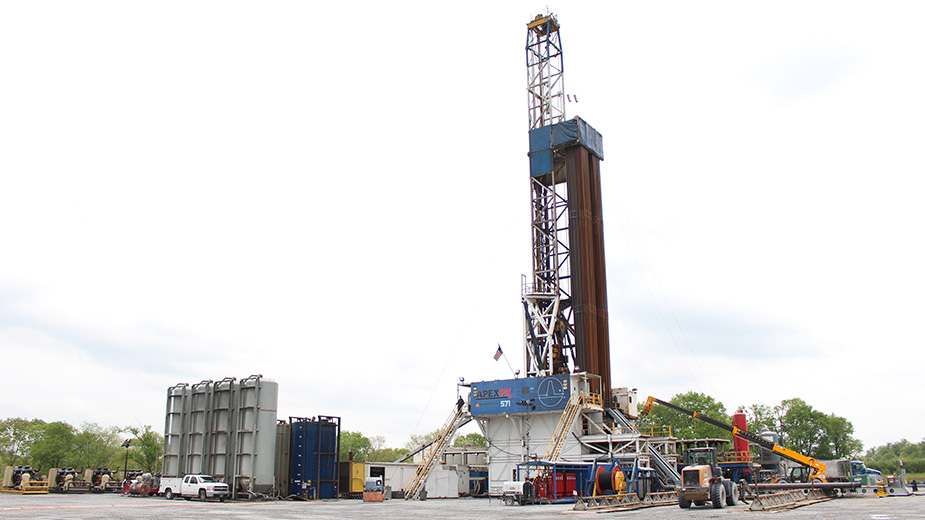Appalachian Shale Drives U.S. Natural Gas Production
WASHINGTON – The Marcellus and Utica shale plays have driven the overall increase in natural gas production across the United States, according to the latest data from the Energy Information Administration.
Shale gas production from Appalachia has increased by more than 14 billion cubic feet per day since 2012, EIA reports. Overall Appalachian production increased by 7.8 billion cubic feet per day in 2012 to 25.6 billion cubic feet per day in November 2017, the agency said.
Moreover, energy companies have become more efficient in drilling horizontal wells with longer laterals and in shorter periods of time. This has led to better productivity per well in both the Utica and Marcellus shale plays. The Marcellus is mostly drilled in Pennsylvania and West Virginia, while the rich gas windows of the Utica are found in eastern Ohio and parts of western Pennsylvania
Since January 2012, the average monthly natural gas production per rig for new wells in the Appalachia region increased by 10.8 million cubic feet per day, according to EIA.
In West Virginia, the average lateral length of a horizontal well increased from about 2,500 feet in 2007 to more than 7,000 feet in 2016. Operators in the Utica have drilled laterals as long as 19,000 feet. Also, well completion rates have decreased from 30 days in 2011 to just seven days in 2015.
In November, the Appalachian region produced a total of 25.6 billion cubic feet of natural gas per day, and is projected to produce 26.066 billion cubic feet per day in December, an increase of 394 million cubic feet per day month-to-month, EIA reported. The December production figures amount to more than 1/3 of total shale gas production across the country.
The shale play with the second-highest natural gas production in the country is the Permian Basin in Texas with expected output of 9.1 billion cubic feet per day in December.
Copyright 2024 The Business Journal, Youngstown, Ohio.


